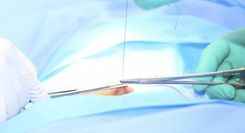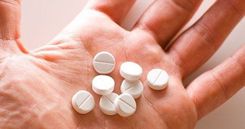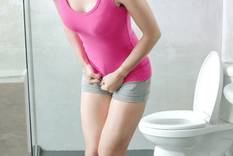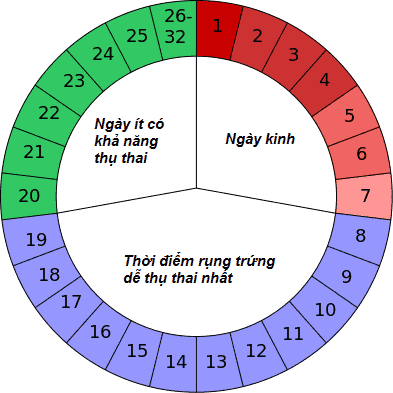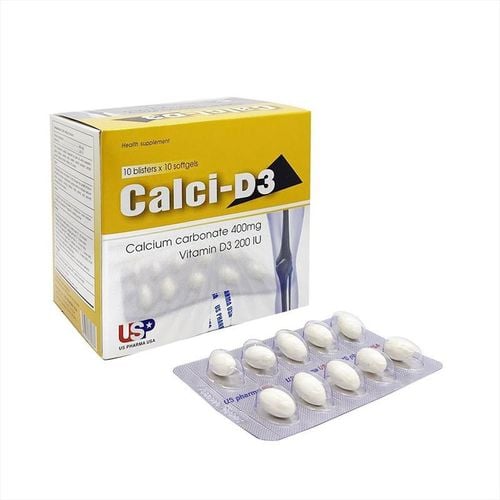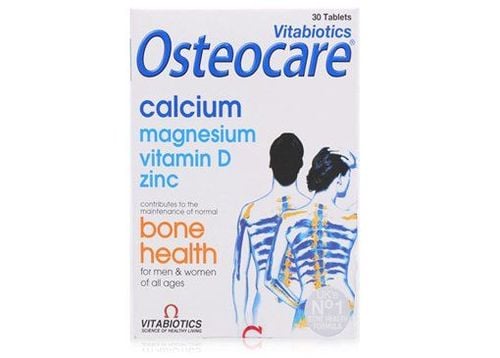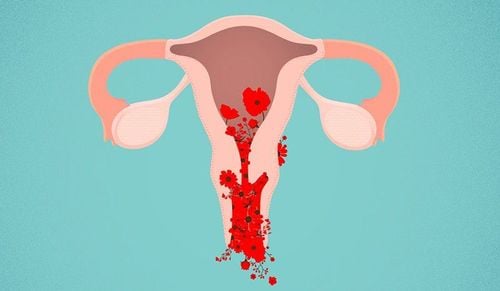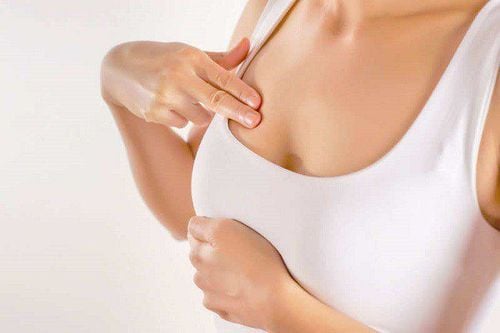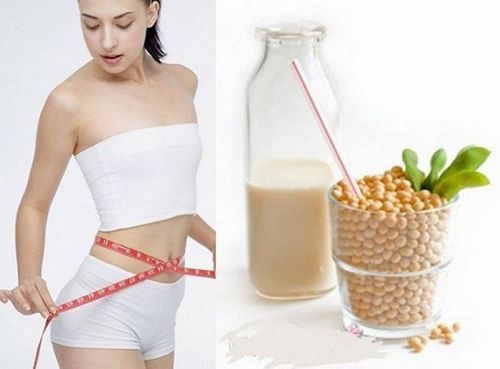Joint pain is one of the most common symptoms during menstruation or menopause. If you experience stiffness and joint pain, particularly in the morning, it is advisable to visit a healthcare facility for an examination to manage the symptoms effectively.
1. What is Estrogen?
Estrogen is a crucial hormone for reproductive and sexual development, primarily in women. It is commonly referred to as the "female sex hormone." The term "estrogen" refers to a group of chemically similar hormones, including estrone, estradiol (which is predominant in women of reproductive age), and estriol.
2. Functions of Estrogen
In women, estrogen is primarily produced in the ovaries, which are grape-sized glands located inside the uterus and are part of the endocrine system. Therefore, estrogen has several important functions:
- Estrogen is produced by fat cells and the adrenal glands, helping to regulate the menstrual cycle and control the development of the uterine lining during the first part of the cycle. If the egg is fertilized, estrogen works with progesterone to prevent ovulation during pregnancy.
- During pregnancy, the placenta produces estrogen, particularly the hormone estriol. Estrogen controls the process of milk secretion and other changes in the breasts, both during adolescence and pregnancy.
- Estrogen plays a vital role in bone formation, working with vitamin D, calcium, and other hormones to break down and rebuild bone effectively as part of the body’s natural processes. When estrogen levels begin to decline in middle age, the process of bone rebuilding slows. Postmenopausal women break down more bone than is produced, which is why they are at a higher risk of joint pain and osteoporosis—up to four times more than men.
- Estrogen also affects the skin, hair, mucous membranes, and pelvic muscles. For example, estrogen can cause the skin to darken. Some researchers hope to use this information to create safe synthetic skin creams that activate the skin-darkening response of estrogen, without causing other hormonal changes in the body.
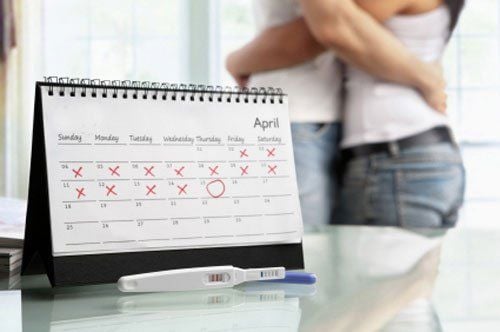
3. Can menopause cause joint Pain?
Joint pain is one of the most common symptoms of menopause, reducing mobility and flexibility. The causes of joint pain during menopause and the ways to treat and prevent it are related to lifestyle, diet, natural therapies, and dietary supplements.
While aches and stiffness in the joints are inevitable as we age, many women, typically between the ages of 45 and 55, are surprised to find that joint pain is one of the most common symptoms besides hot flashes, night sweats, changes in menstrual cycles, and mood swings.
The joints involved in movements that carry significant impact, such as the hips and knees, are most affected. Elbows, neck, shoulders, hands, and fingers can also be affected by joint pain.
Some causes of joint pain during menopause include:
- Hormonal imbalances
- Dehydration
- Weight gain
- Poor diet
- Poor posture
- Increased sensitivity to pain
4. How do hormonal changes affect joint pain?
A decrease in estrogen levels is considered one of the main causes of joint pain during menopause. As you approach menopause, the levels of estrogen in your body begin to decline. Estrogen is responsible for regulating fluid balance in the body, so when estrogen levels drop, the body becomes less efficient at retaining water, affecting the hydration and lubrication of joint tissues, including cartilage, ligaments, and tendons.
Up to 80% of cartilage is water, and it acts as a cushion between bones, absorbing shock and reducing friction. Water is also a natural component of synovial fluid, which helps joints move without causing friction.
Water is essential to maintain the flexibility and elasticity of ligaments and tendons. Ligaments connect bones to other bones and are crucial for joint stability, while tendons connect muscles to bones. When ligaments and tendons lose their elasticity, your range of motion and ease of movement may be reduced.
Therefore, without adequate hydration, the flexibility and lubrication of joint tissues can be compromised. When these protective and supportive properties are diminished, it can lead to pain and stiffness in the joints.
In summary, as you reach menopause, the levels of estrogen in your body decline. Estrogen is responsible for regulating fluid levels, so when it drops, the body becomes less efficient at retaining water, which impacts the hydration and lubrication of joint tissues, including cartilage, ligaments, and tendons.
Please dial HOTLINE for more information or register for an appointment HERE. Download MyVinmec app to make appointments faster and to manage your bookings easily.
References: Healthline.com, Pubmed.ncbi.nlm.nih.gov
